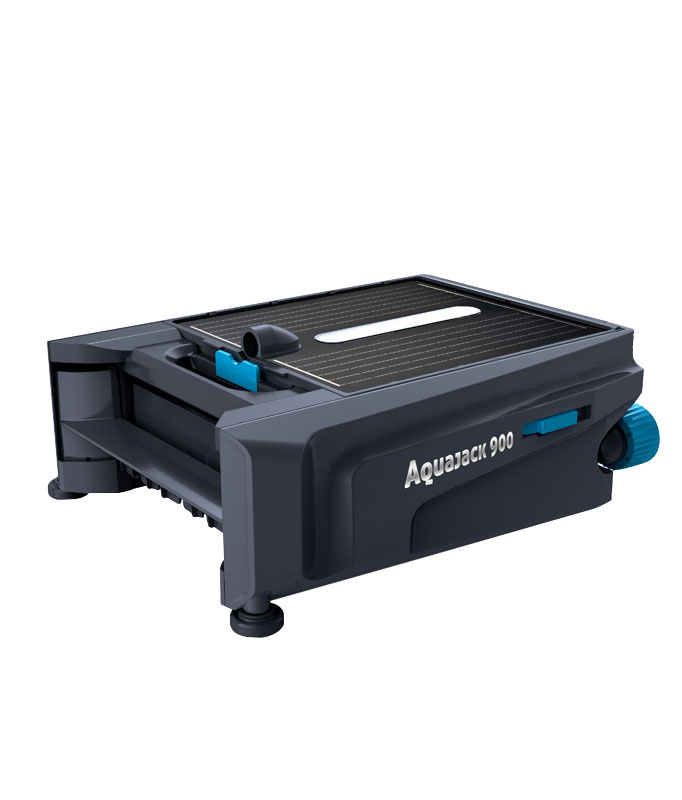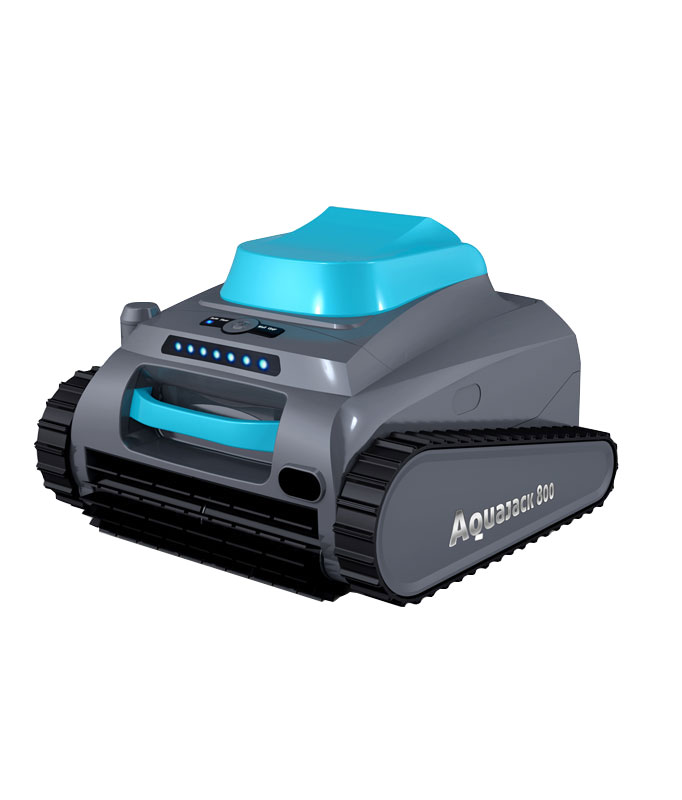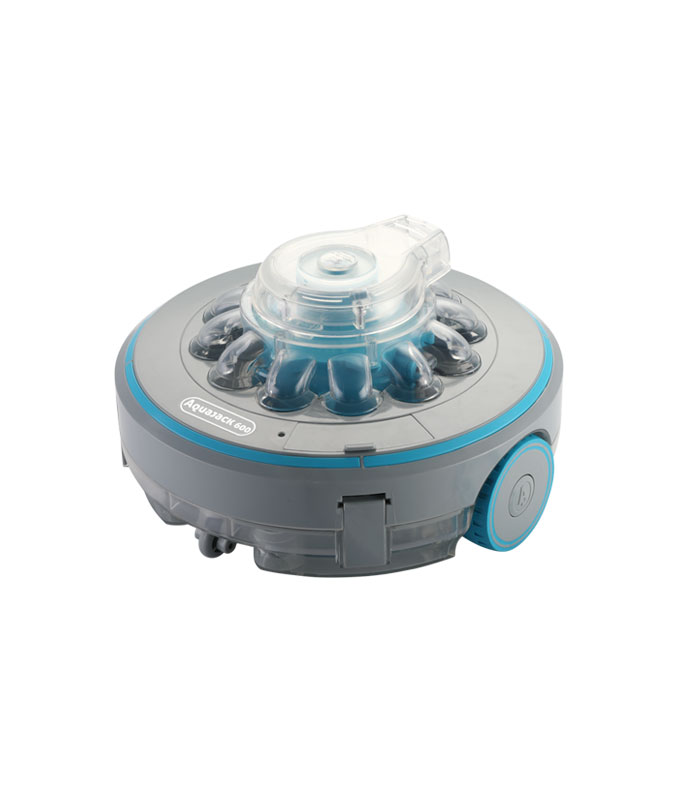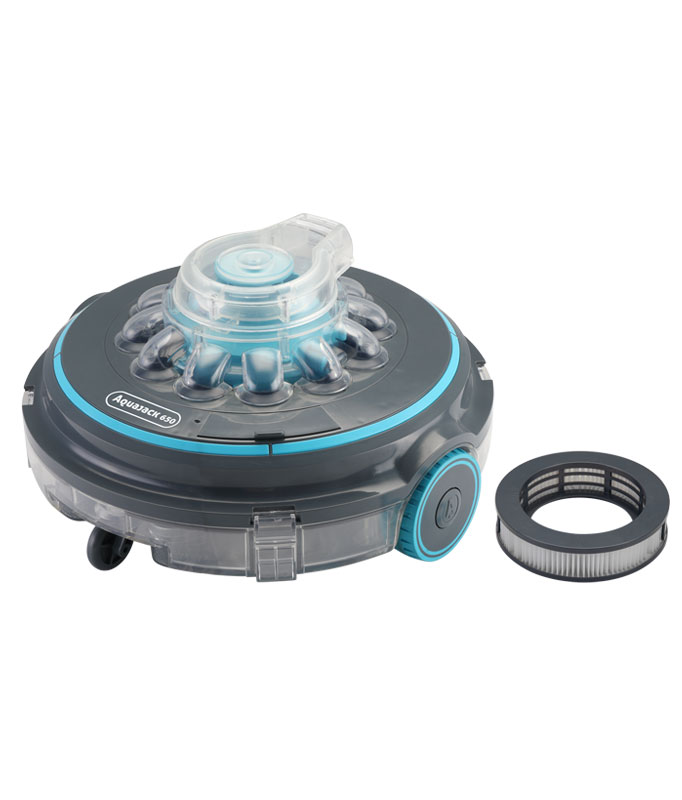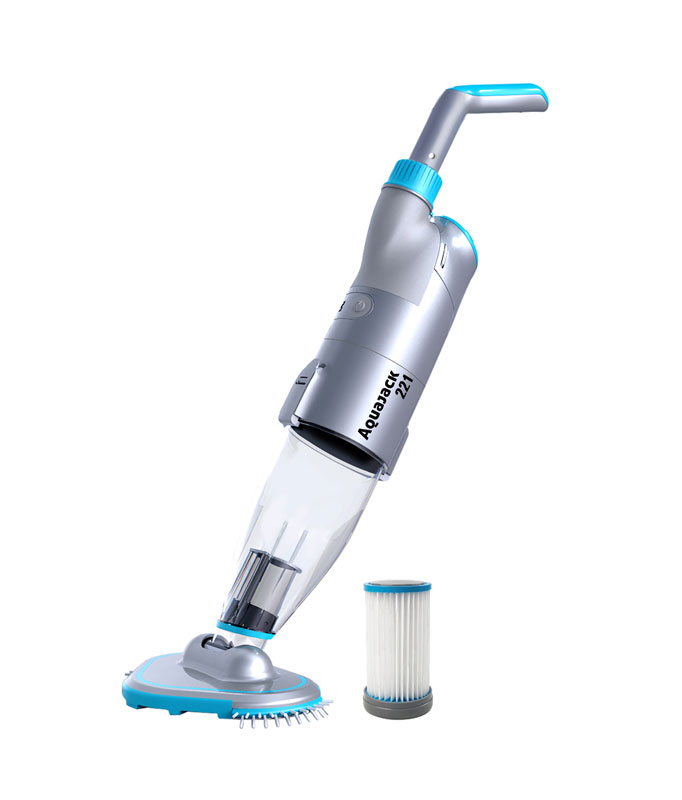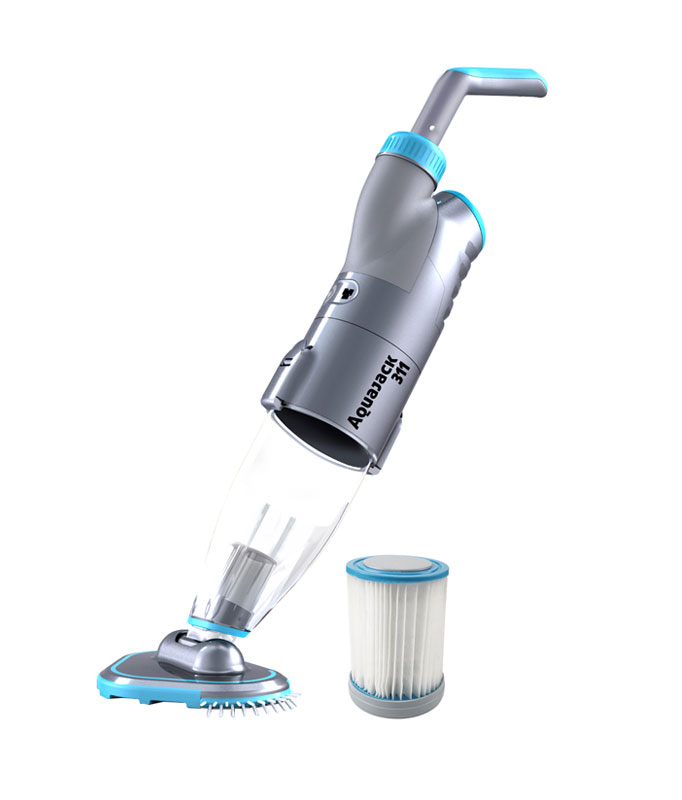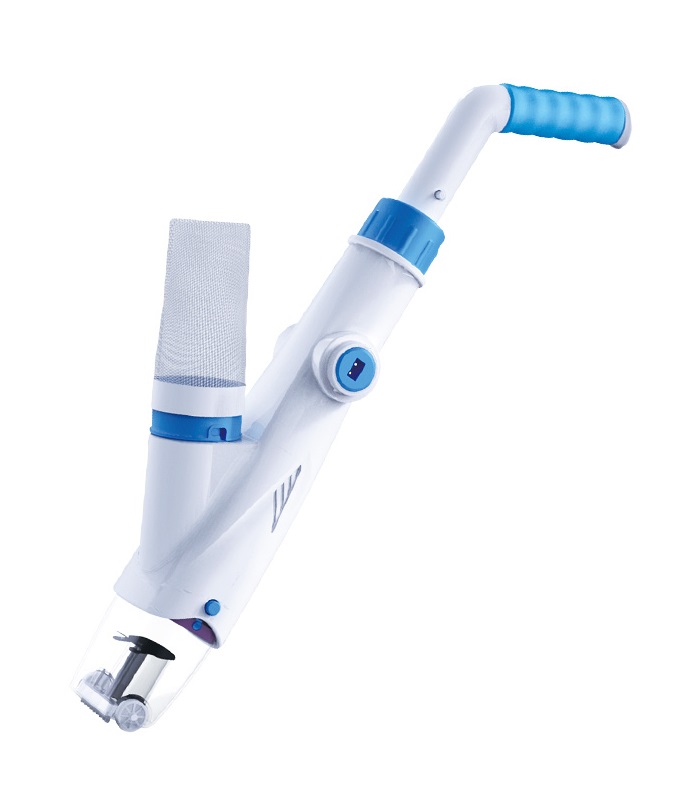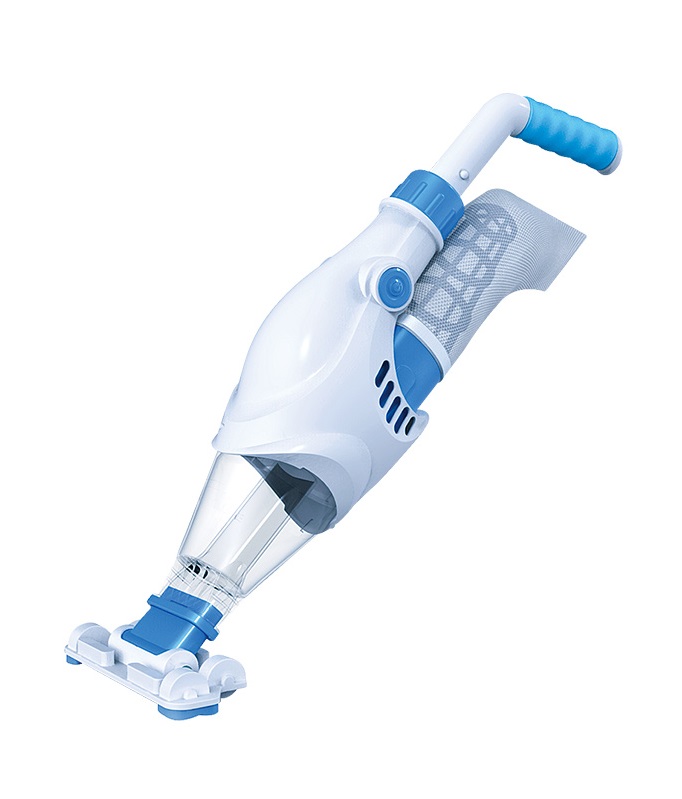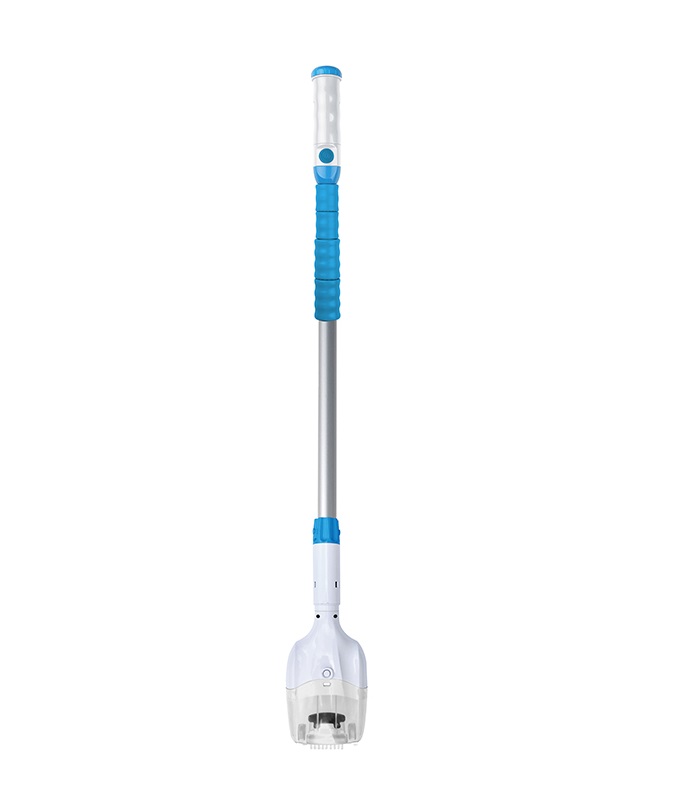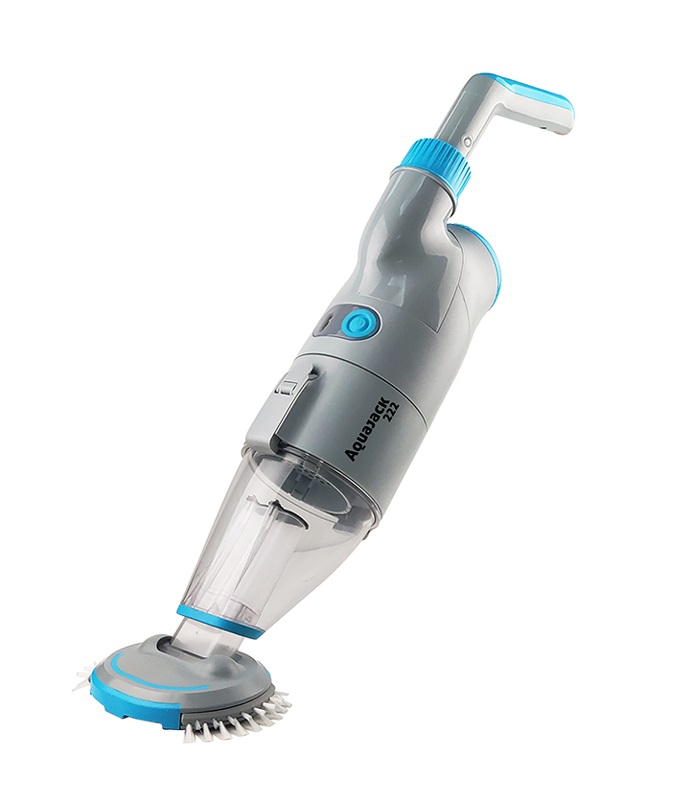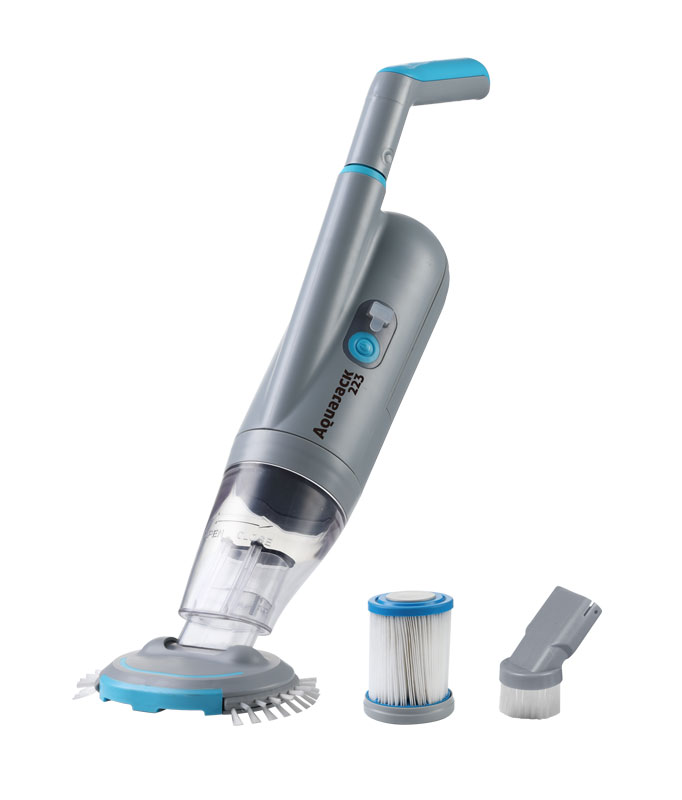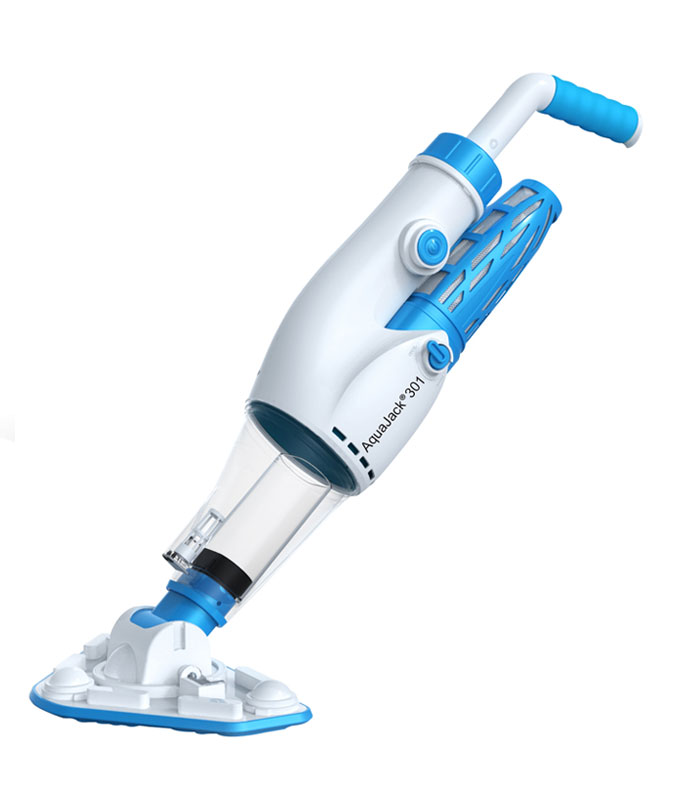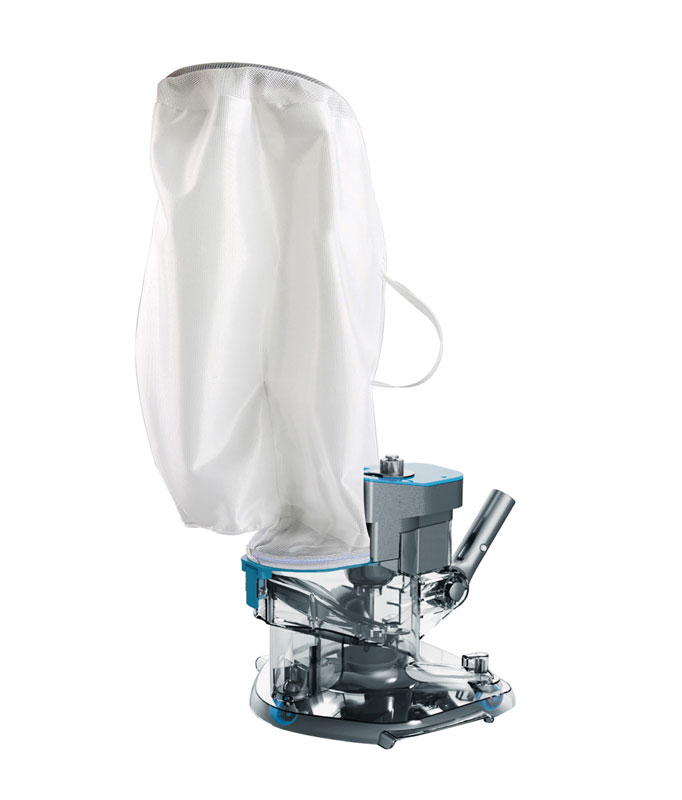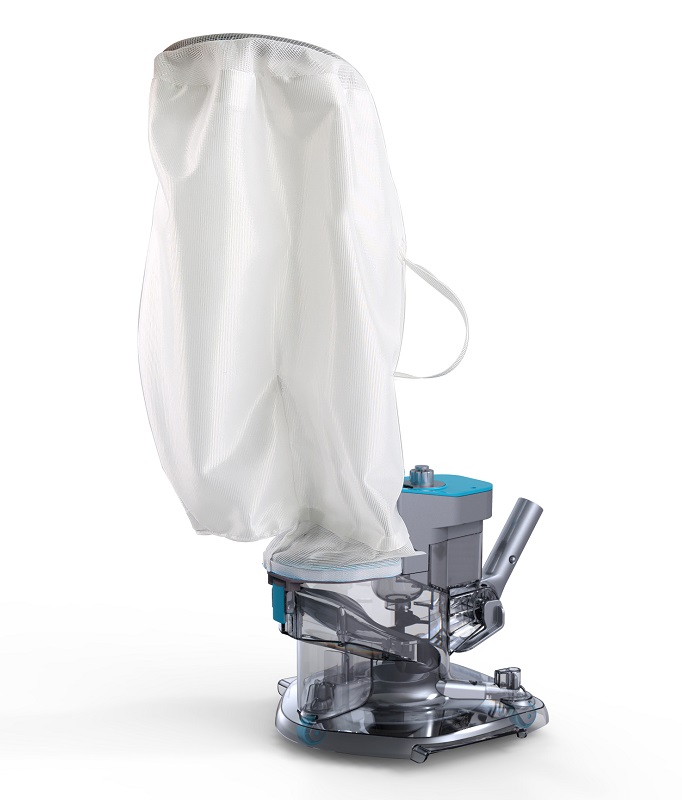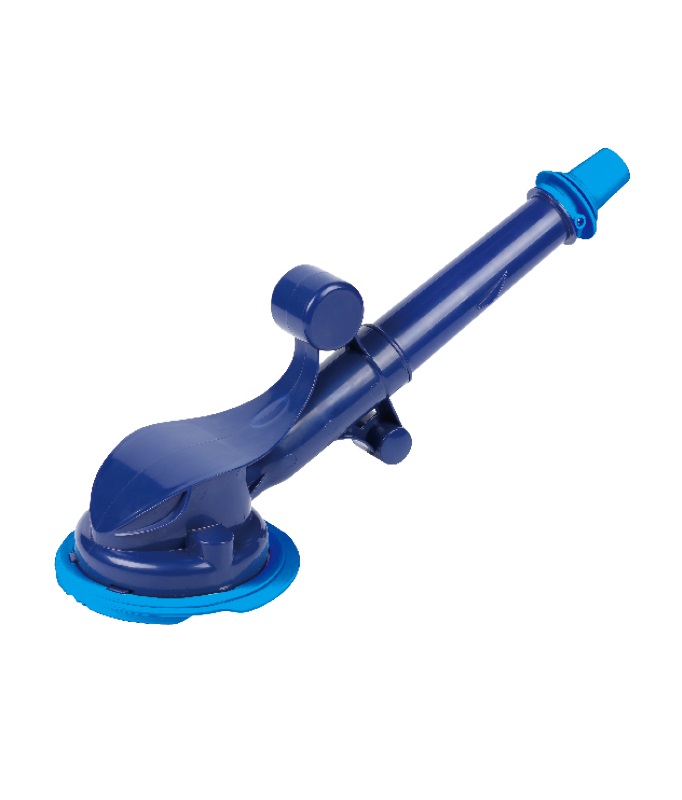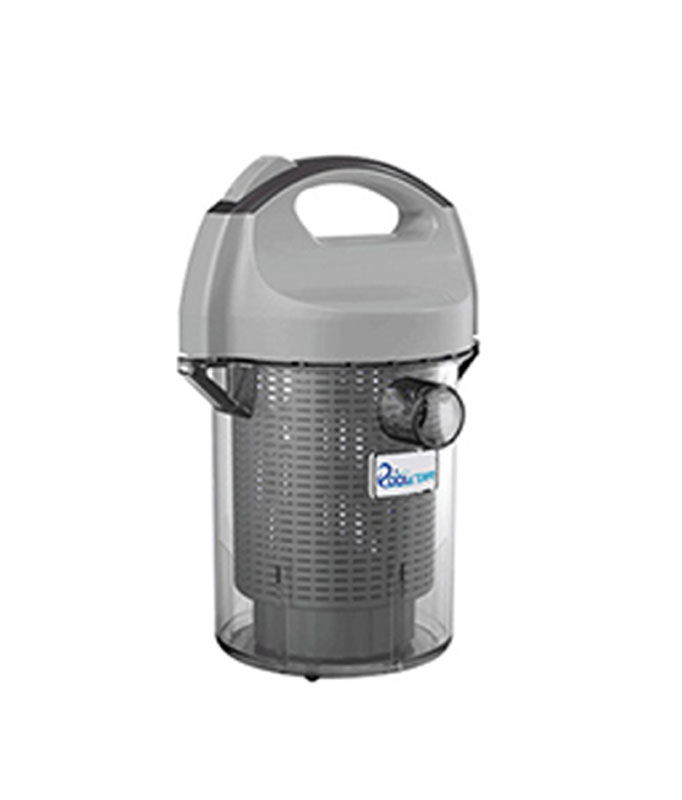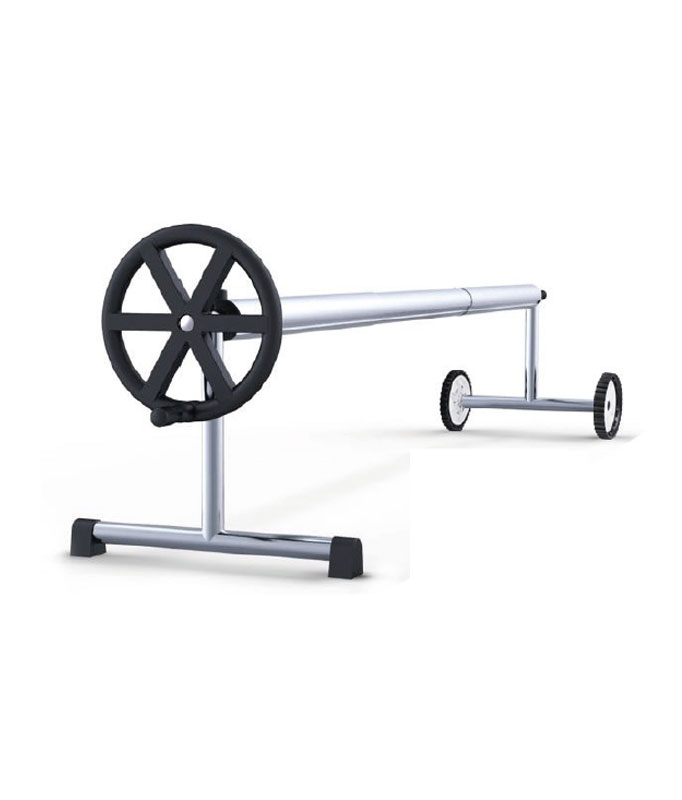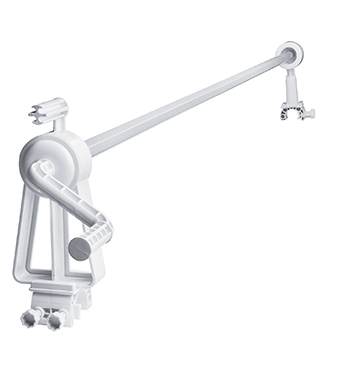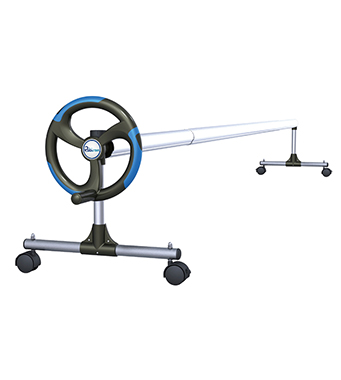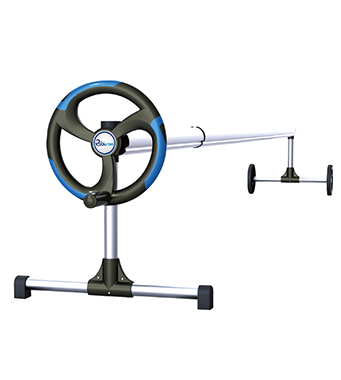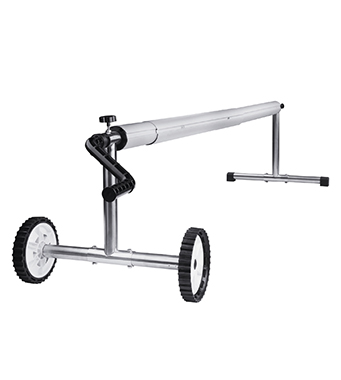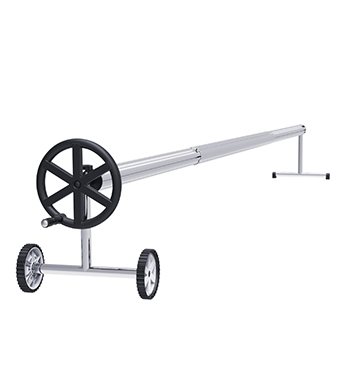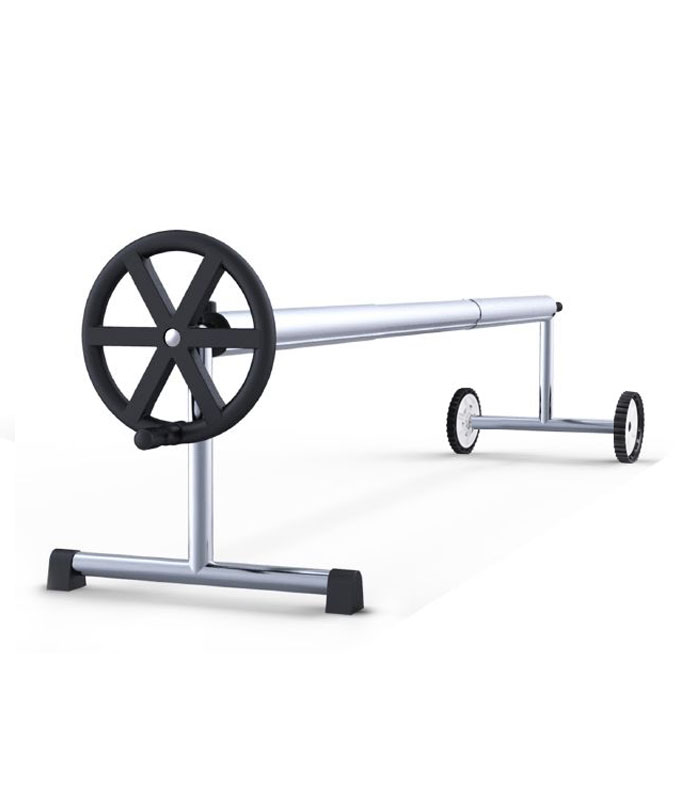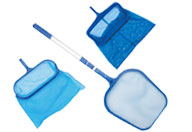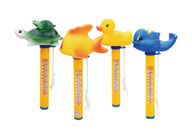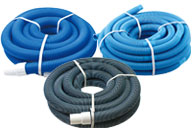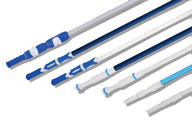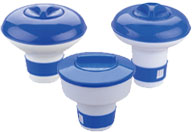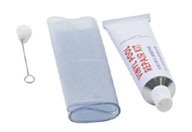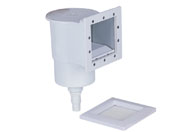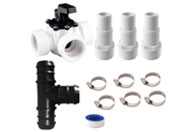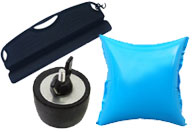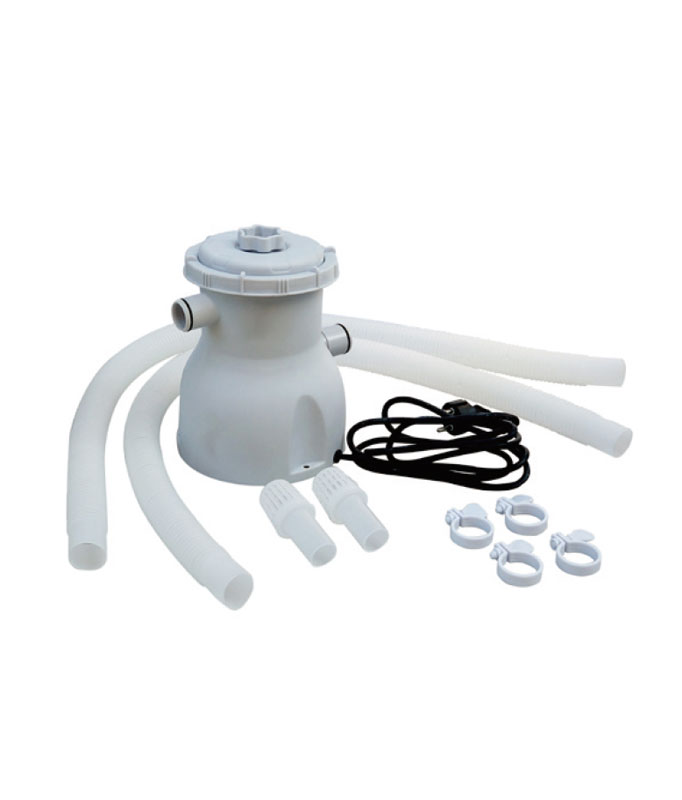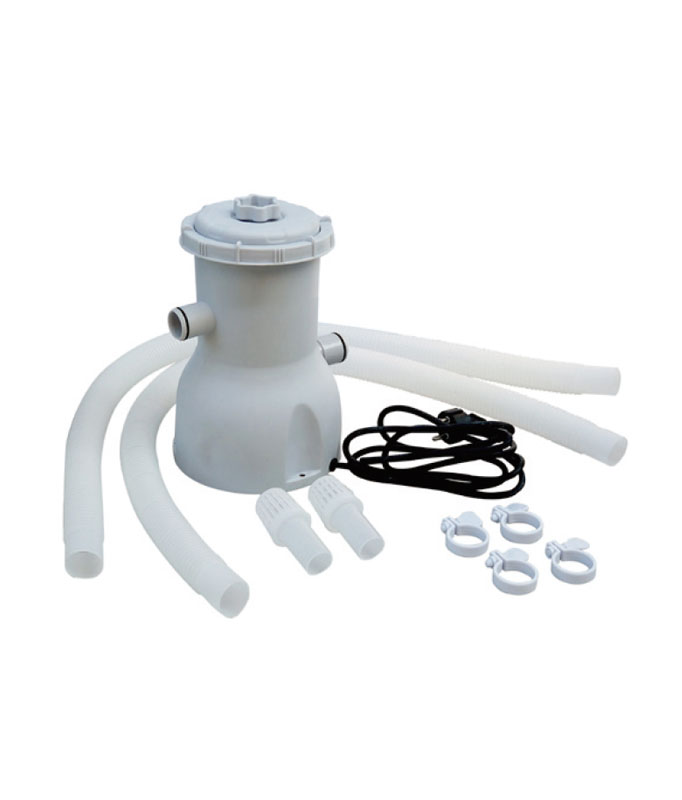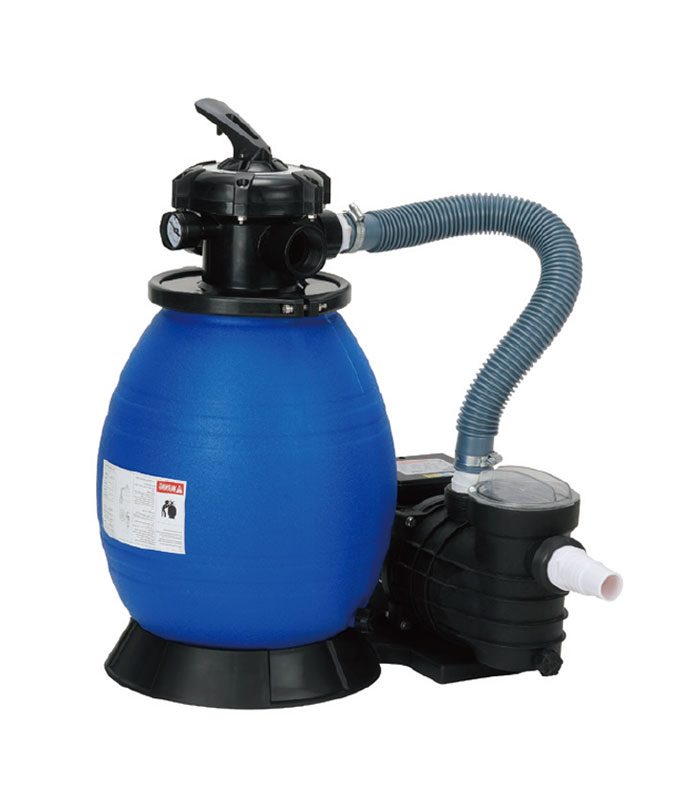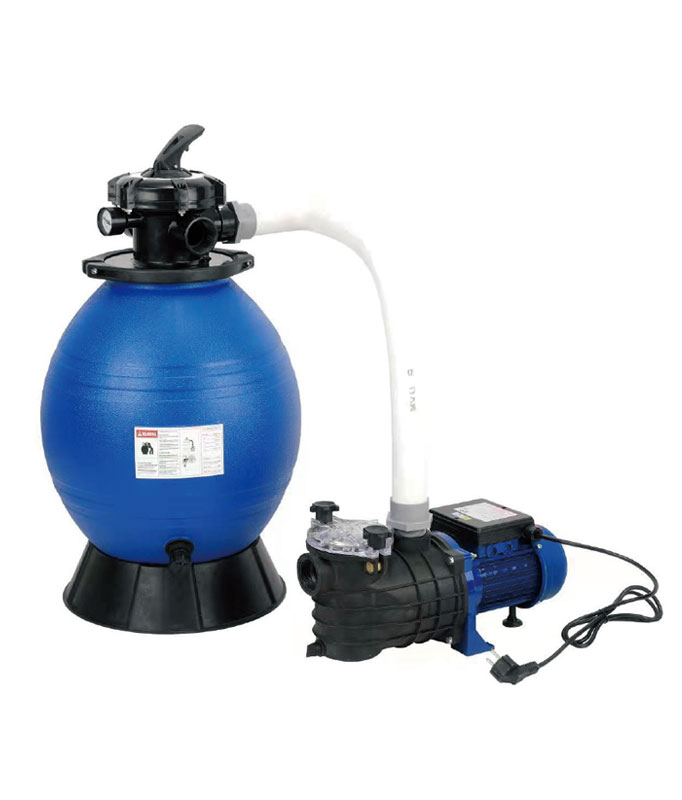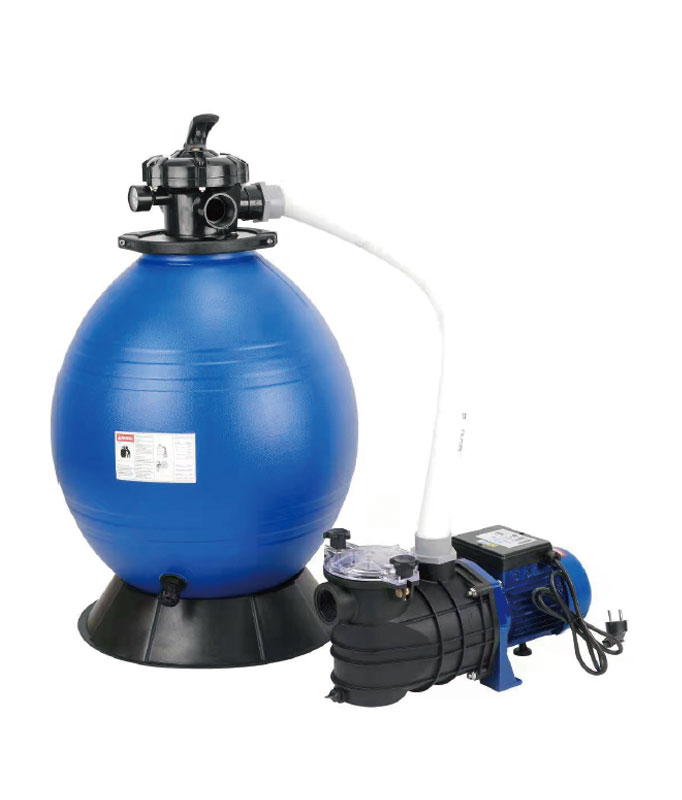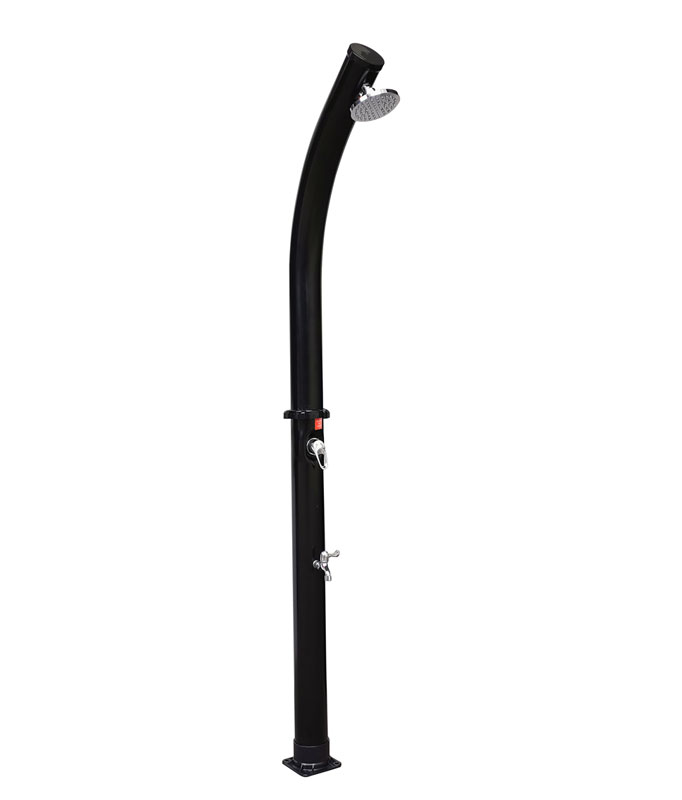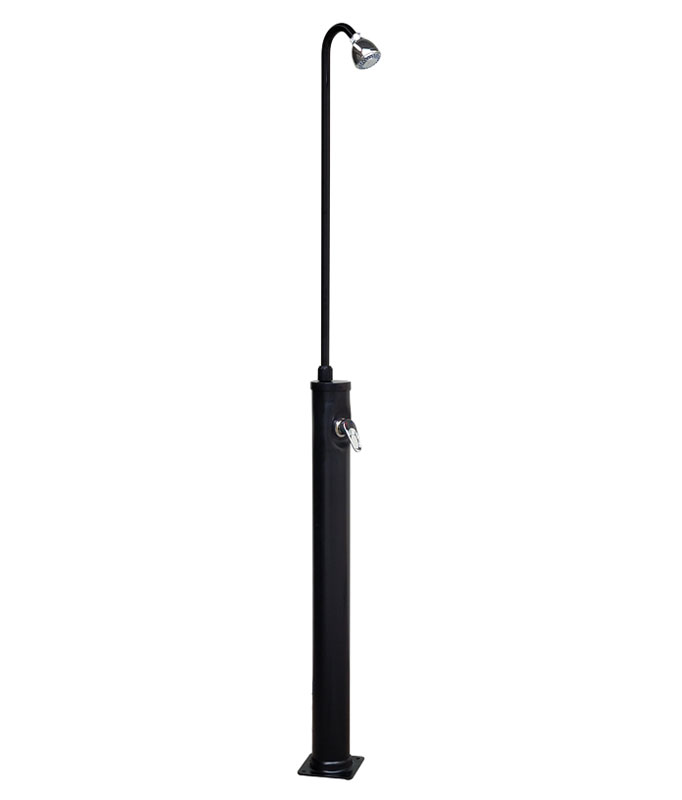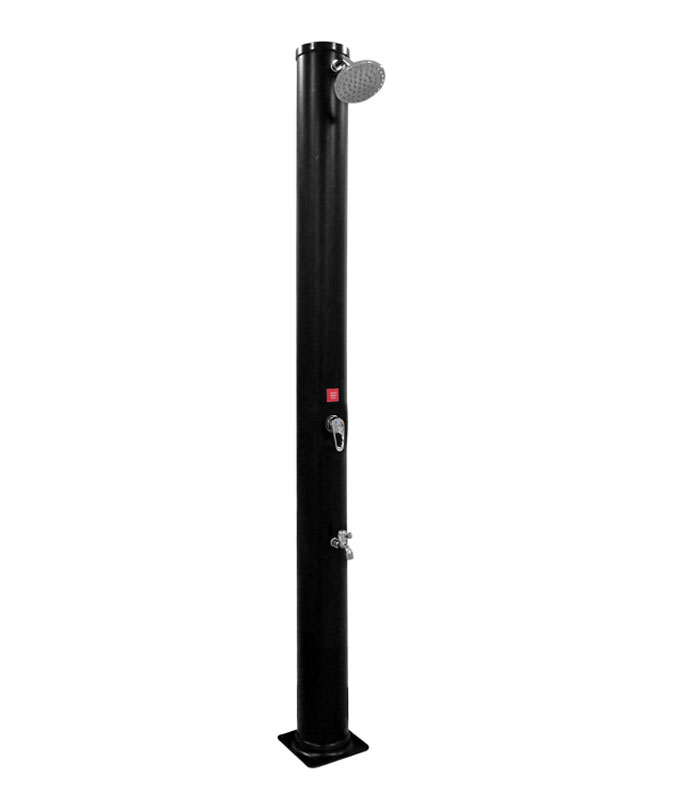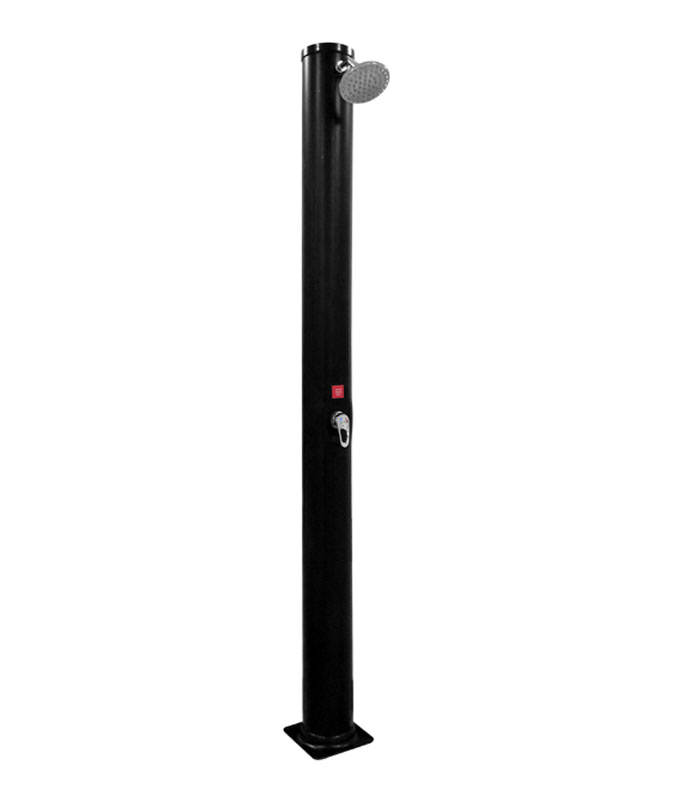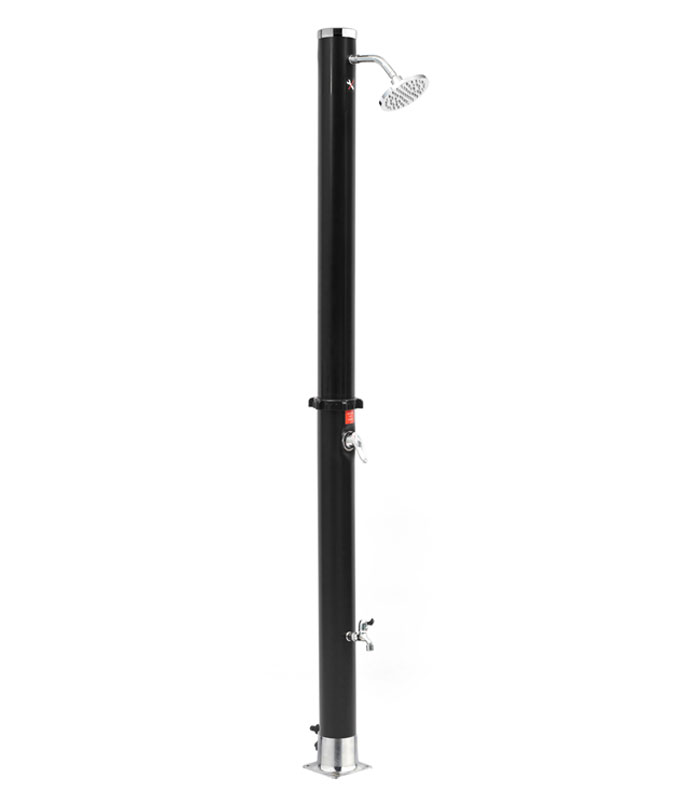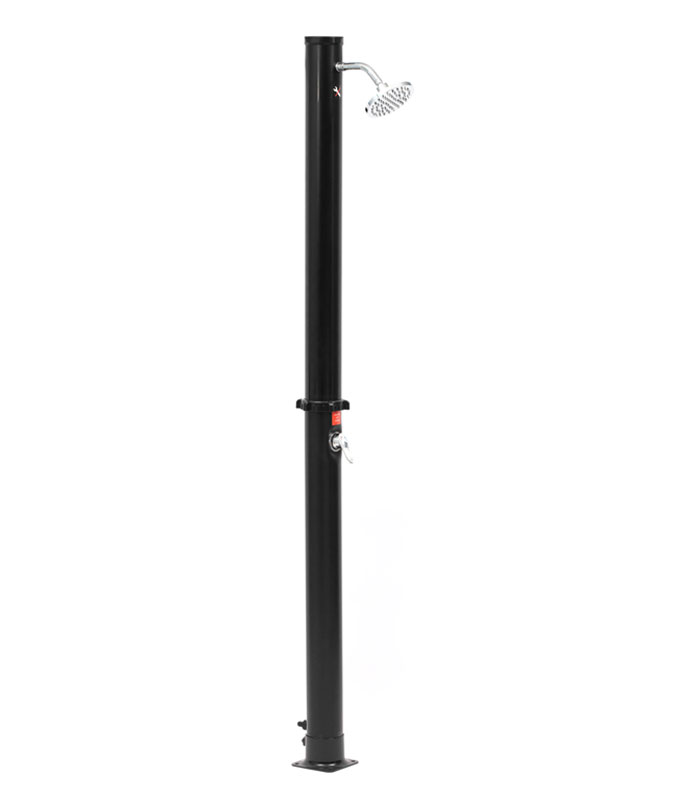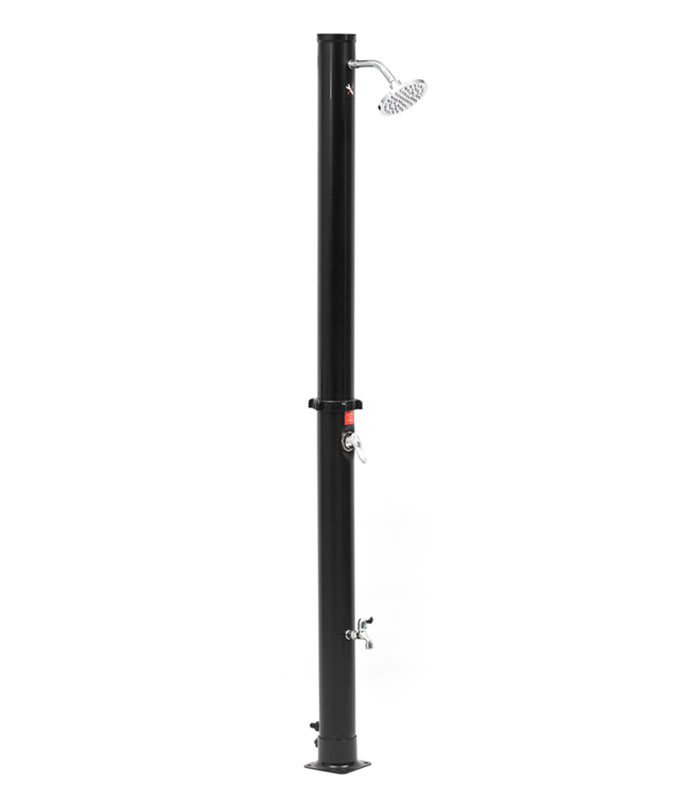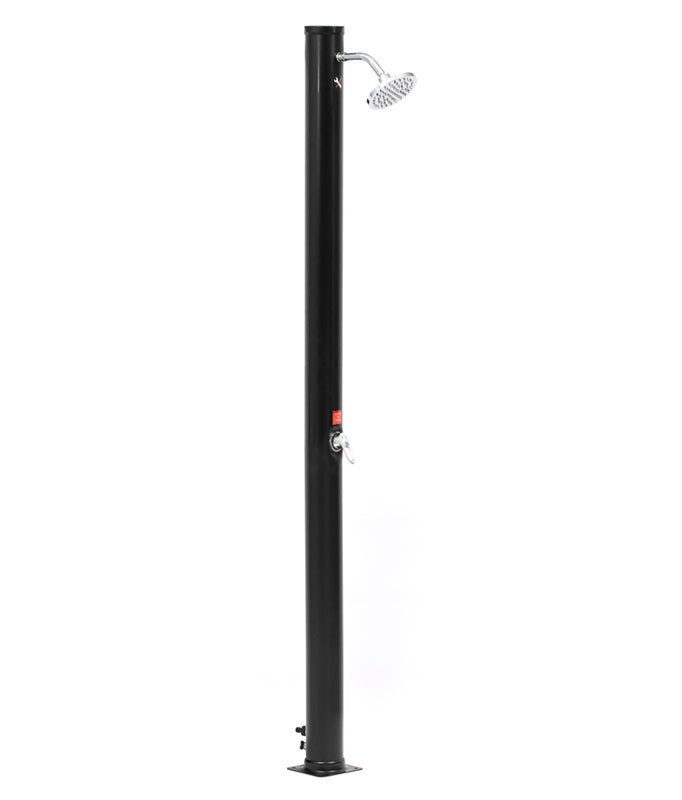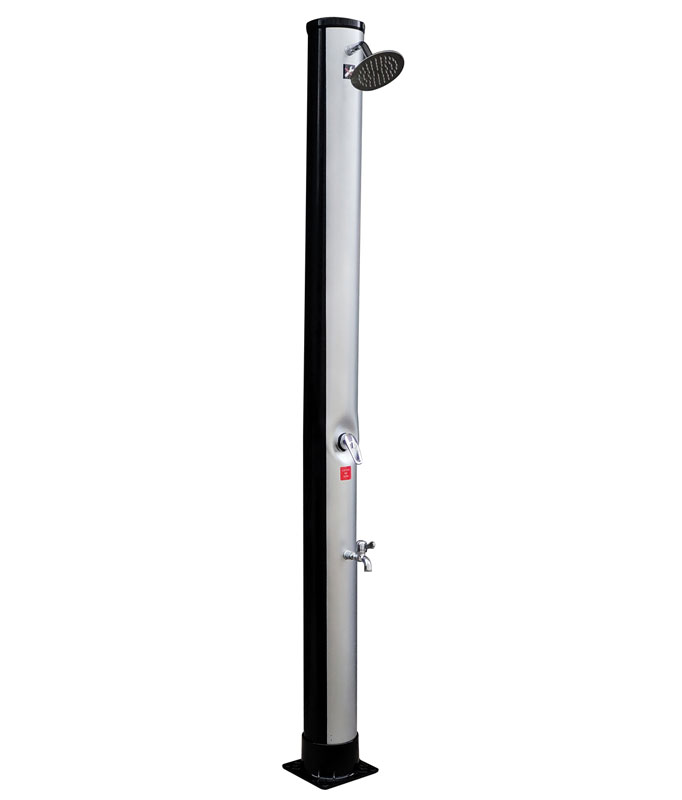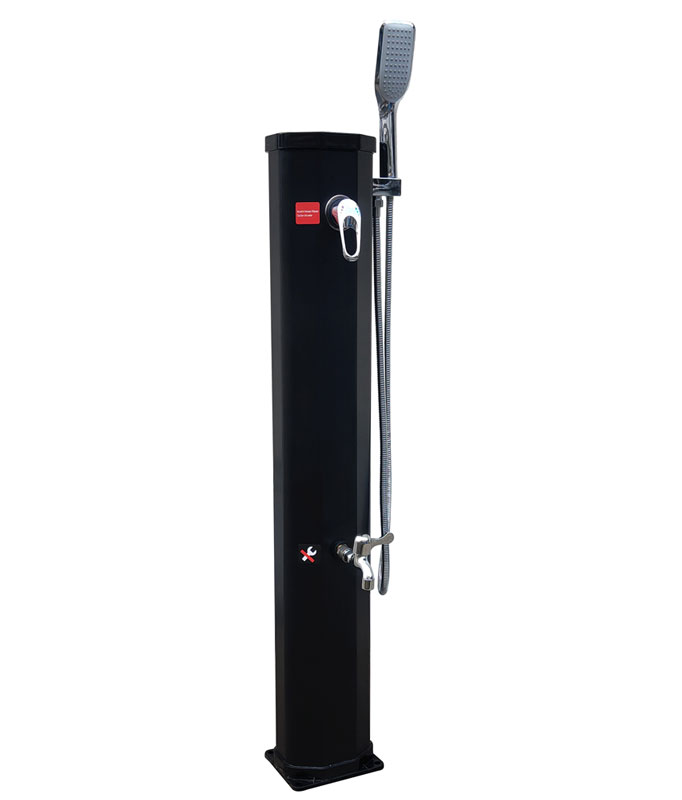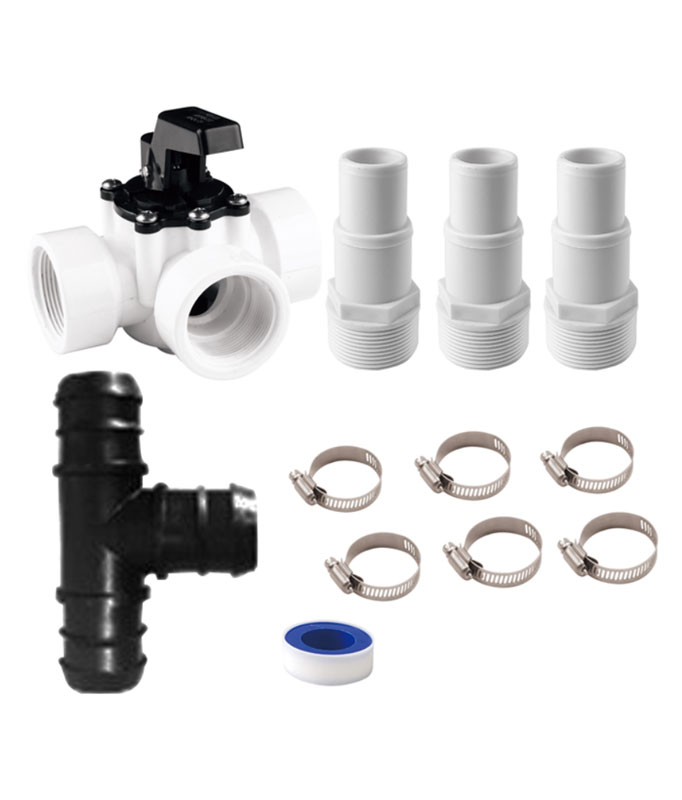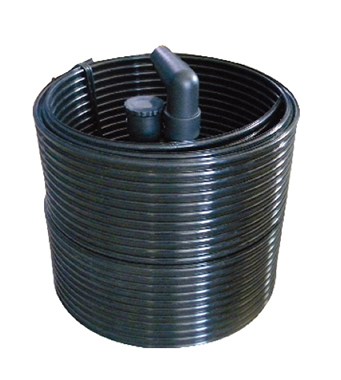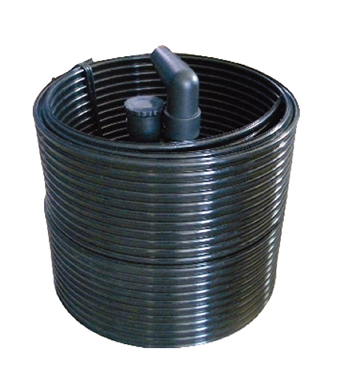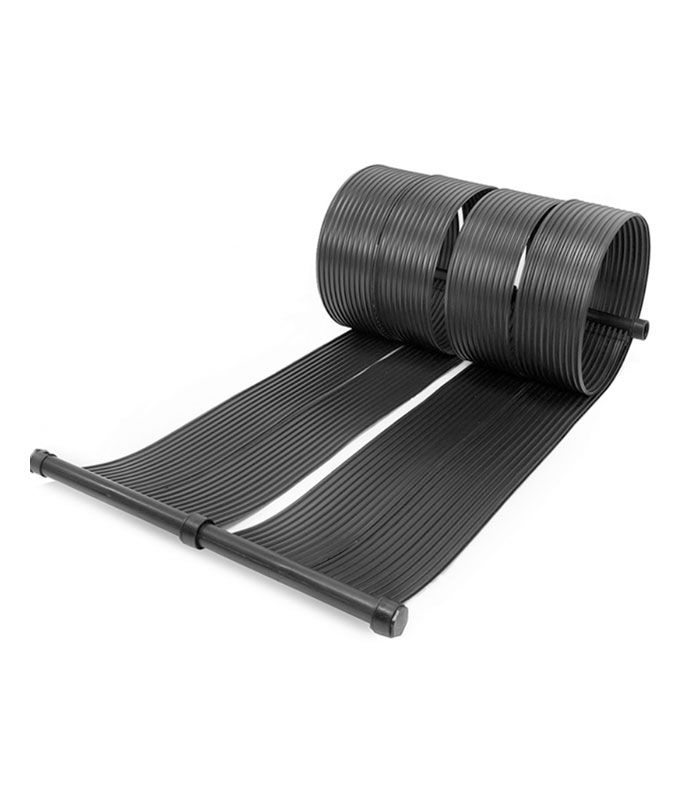Battery safety certifications play a vital role in ensuring safe usage and transportation. UN 38.3 stands apart by addressing transport safety rather than product performance. You rely on this certification for customs compliance and to meet international shipping standards. Customs Compliance: A Comprehensive Interpretation of the UN38.3 Certification Process for Lithium B ensures lithium batteries meet strict transport regulations, safeguarding global distribution. Learn more about battery safety at https://www.cnpoolstar.com/product/aquajack221-spa-vacuum-cleaner-5.html.
Key Takeaways
- UN 38.3 makes sure lithium batteries are safe to ship. It follows global shipping rules.
- Learning about UN 38.3 tests, like altitude and heat checks, helps makers create safer batteries for worldwide use.
- Pick the right certification based on your product's goal: use UN 38.3 for shipping or IEC 62133 and UL for user safety.
Overview of UN 38.3
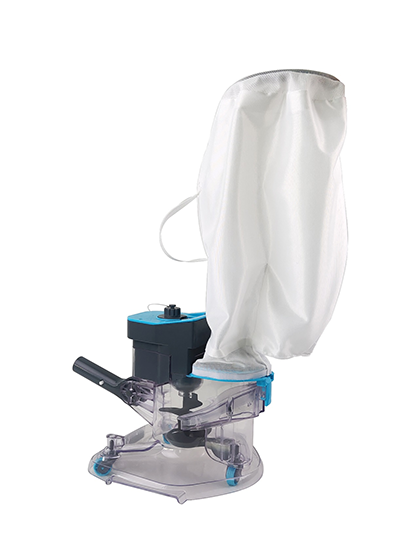
Purpose and Scope
UN 38.3 focuses on the safe transportation of lithium batteries. Its primary goal is to prevent accidents during shipping by ensuring batteries can withstand the stresses of transit. You’ll find this certification essential for air, sea, and land transport. Unlike other certifications that emphasize product performance or consumer safety, UN 38.3 addresses risks like pressure changes, vibrations, and temperature fluctuations. This makes it a critical requirement for manufacturers shipping batteries internationally.
Key Tests and Requirements
To meet UN 38.3 standards, lithium batteries must pass a series of rigorous tests. These include:
- Altitude Simulation: Ensures batteries remain stable under low-pressure conditions.
- Thermal Testing: Verifies performance across extreme temperature changes.
- Vibration and Shock Tests: Simulate the physical stresses of transport.
- External Short Circuit Test: Confirms safety in case of electrical faults.
Each test replicates real-world scenarios batteries may encounter during shipping. Passing these tests demonstrates that your batteries are safe for global distribution.
Customs Compliance: A Comprehensive Interpretation of the UN38.3 Certification Process for Lithium B
Customs compliance plays a vital role in international trade. UN 38.3 certification ensures your lithium batteries meet global transport regulations. Without it, customs authorities may reject shipments, causing delays and financial losses. A comprehensive interpretation of the UN38.3 certification process for lithium batteries helps you understand the specific requirements for compliance. This knowledge allows you to streamline shipping processes and avoid unnecessary complications. By adhering to these standards, you ensure the safe and efficient movement of your products across borders.
Overview of Other Battery Safety Certifications
IEC 62133: Ensuring Consumer Product Safety
IEC 62133 certification focuses on the safety of rechargeable batteries used in consumer products. You’ll find this standard essential for devices like laptops, smartphones, and power tools. It evaluates batteries for risks such as overheating, leakage, and fire hazards. The certification process includes tests for electrical performance, mechanical integrity, and chemical stability.
Tip: If your product targets the consumer market, IEC 62133 ensures it meets global safety standards, boosting customer trust and marketability.
UL 1642 and UL 2054: Standards for Battery Components
UL 1642 and UL 2054 certifications address the safety of battery components and packs. UL 1642 applies to lithium cells, while UL 2054 covers battery packs used in various applications. These standards test for risks like short circuits, overcharging, and physical damage. You’ll benefit from these certifications if your product requires high reliability and durability.
- UL 1642 Tests:
- Internal short circuit evaluation
- Crush and impact resistance
- UL 2054 Tests:
- Overcharge protection
- Mechanical shock resistance
MSDS: Supporting Battery Safety Documentation
Material Safety Data Sheets (MSDS) provide detailed information about battery materials and their safe handling. You’ll use MSDS to inform users about potential hazards, storage guidelines, and disposal methods. While MSDS isn’t a certification, it complements other safety standards by ensuring transparency.
�� Note: Always include MSDS with your product to comply with regulatory requirements and educate users about safe practices.
Key Differences Between UN 38.3 and Other Certifications
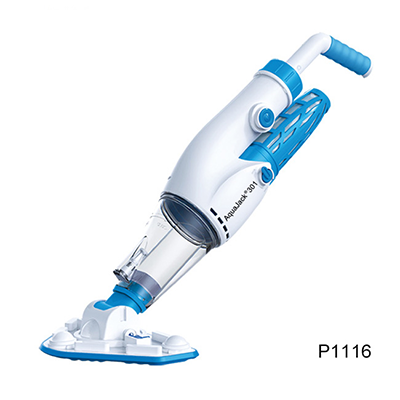
Scope: Transport Safety vs. Consumer Product Safety
UN 38.3 focuses on ensuring the safe transport of lithium batteries. It addresses risks like pressure changes, vibrations, and temperature fluctuations that occur during shipping. You’ll find this certification essential for air, sea, and land transport. In contrast, certifications like IEC 62133 and UL 1642 prioritize consumer product safety. These standards evaluate batteries for risks such as overheating, leakage, and fire hazards in everyday use.
Key Insight: If your primary goal is to ship batteries internationally, UN 38.3 is non-negotiable. For consumer products, certifications like IEC 62133 ensure safety and compliance with market regulations.
Testing Conditions: Simulating Transport vs. Broader Environmental Factors
The testing conditions for UN 38.3 simulate real-world transport scenarios. For example, the altitude simulation test ensures batteries remain stable under low-pressure conditions during air transport. Other tests, like vibration and shock, replicate the physical stresses of shipping. On the other hand, certifications like UL 2054 and IEC 62133 evaluate batteries under broader environmental factors. These include long-term exposure to heat, humidity, and mechanical stress in consumer environments.
- UN 38.3 Tests:
- Altitude simulation
- Thermal testing
- Vibration and shock tests
- Other Certifications:
- Overcharge protection (UL 2054)
- Chemical stability (IEC 62133)
You’ll notice that UN 38.3 focuses narrowly on transport safety, while other certifications cover a wider range of conditions.
Compliance Processes: Self-Certification vs. Third-Party Testing
UN 38.3 allows manufacturers to conduct self-certification. This means you can perform the required tests in-house, provided you follow the guidelines. While this approach offers flexibility, it also places the responsibility for accuracy on you. In contrast, certifications like UL 1642 and IEC 62133 require third-party testing. Independent laboratories verify compliance, ensuring unbiased results.
Tip: Self-certification can save time and money, but third-party testing provides an added layer of credibility. Choose the process that aligns with your business needs and resources.
International Recognition and Applicability
UN 38.3 holds global recognition as a standard for lithium battery transport. Customs authorities worldwide require this certification for shipping. Without it, your shipments may face delays or rejection. Certifications like IEC 62133 and UL 2054 also have international relevance but focus more on product safety in specific markets. For example, UL certifications are widely recognized in North America, while IEC standards cater to global consumer markets.
Customs Compliance: A Comprehensive Interpretation of the UN38.3 Certification Process for Lithium B ensures you meet international shipping regulations. This knowledge helps you avoid costly delays and ensures smooth customs clearance.
By understanding these differences, you can select the right certification for your needs. Whether you prioritize transport safety or consumer product compliance, aligning with the appropriate standard ensures safety and market access.
Practical Implications for Manufacturers and Consumers
Impact on Product Design and Development
Battery safety certifications significantly influence how you design and develop your products. If you aim to ship lithium batteries internationally, you must prioritize UN 38.3 compliance during the design phase. This certification requires batteries to withstand transport conditions like pressure changes, vibrations, and temperature extremes. You may need to use durable materials or add protective features to meet these standards.
On the other hand, certifications like IEC 62133 focus on consumer safety. These standards require you to address risks such as overheating and leakage. For example, you might need to include safety circuits or use chemical compositions that reduce fire hazards. Balancing these requirements can be challenging, especially if your product needs multiple certifications. However, understanding the specific demands of each certification helps you create safer and more reliable products.
Cost and Time Considerations
Certifications impact both your budget and timeline. UN 38.3 allows self-certification, which can save you money if you have the necessary testing facilities. However, setting up these facilities requires an initial investment. If you choose third-party testing, you’ll face additional costs but gain credibility and assurance of compliance.
Other certifications, like UL 1642 and IEC 62133, often require third-party testing. This process can be time-consuming, especially if your product fails initial tests and needs redesigning. You should also consider the cost of materials and components needed to meet safety standards. For example, using high-quality insulation or advanced safety circuits can increase production costs.
Planning ahead is crucial. Allocate time and resources for testing and certification early in your development process. This approach minimizes delays and ensures your product reaches the market on schedule.
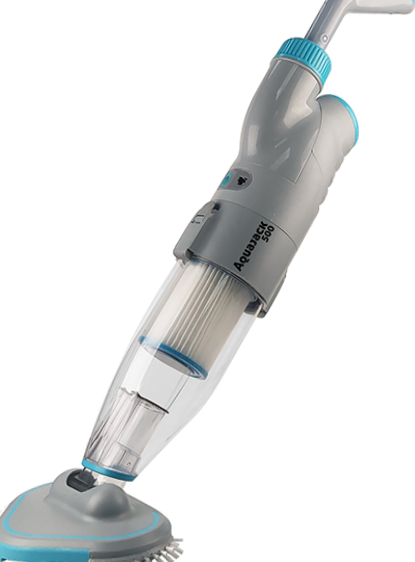
Selecting the Right Certification for Specific Needs
Choosing the right certification depends on your product’s purpose and target market. If you plan to transport lithium batteries internationally, UN 38.3 is essential. This certification ensures your batteries meet global shipping regulations and avoid customs issues. A comprehensive understanding of the UN 38.3 certification process for lithium batteries helps you streamline compliance and prevent delays.
For consumer products, certifications like IEC 62133 and UL 1642 are more relevant. These standards ensure your product meets safety requirements in everyday use. If your product targets specific markets, consider regional preferences. For instance, UL certifications are widely recognized in North America, while IEC standards have global applicability.
Evaluate your product’s needs and market goals before starting the certification process. This strategy helps you focus on the most relevant standards, saving time and resources.
Understanding the differences between UN 38.3 and other certifications helps you navigate compliance and safety requirements effectively. UN 38.3 focuses on transport safety, while others like IEC 62133 prioritize consumer product safety.
Tip: Identify your product’s purpose. For shipping, choose UN 38.3. For consumer use, opt for IEC or UL standards. This ensures safety and market access.
FAQ
What happens if a shipment lacks UN 38.3 certification?
Customs authorities may reject your shipment. This can lead to delays, financial losses, or even penalties. Always ensure compliance before shipping lithium batteries internationally.
Can a single battery meet both UN 38.3 and IEC 62133 standards?
Yes, a battery can meet both standards. You must design it to handle transport conditions and consumer safety requirements. Proper planning ensures compliance with both certifications.
Is self-certification for UN 38.3 reliable?
Self-certification is reliable if you follow the guidelines strictly. However, third-party testing adds credibility and ensures unbiased results, especially for international shipments.

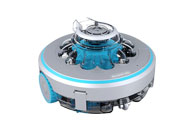 Robotic Pool Cleaner
Robotic Pool Cleaner 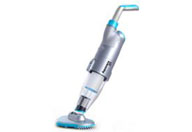 Portable Pool Vacuum Cleaner
Portable Pool Vacuum Cleaner  Automatic Pool Cleaner
Automatic Pool Cleaner 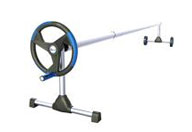 Pool Cover Reel
Pool Cover Reel  Pool Cleaning Accessories
Pool Cleaning Accessories 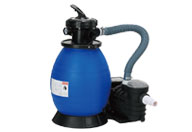 Pool Filter Pump
Pool Filter Pump 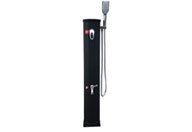 Pool Solar Shower
Pool Solar Shower 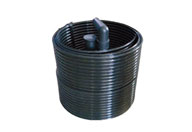 Pool Solar Collector
Pool Solar Collector 